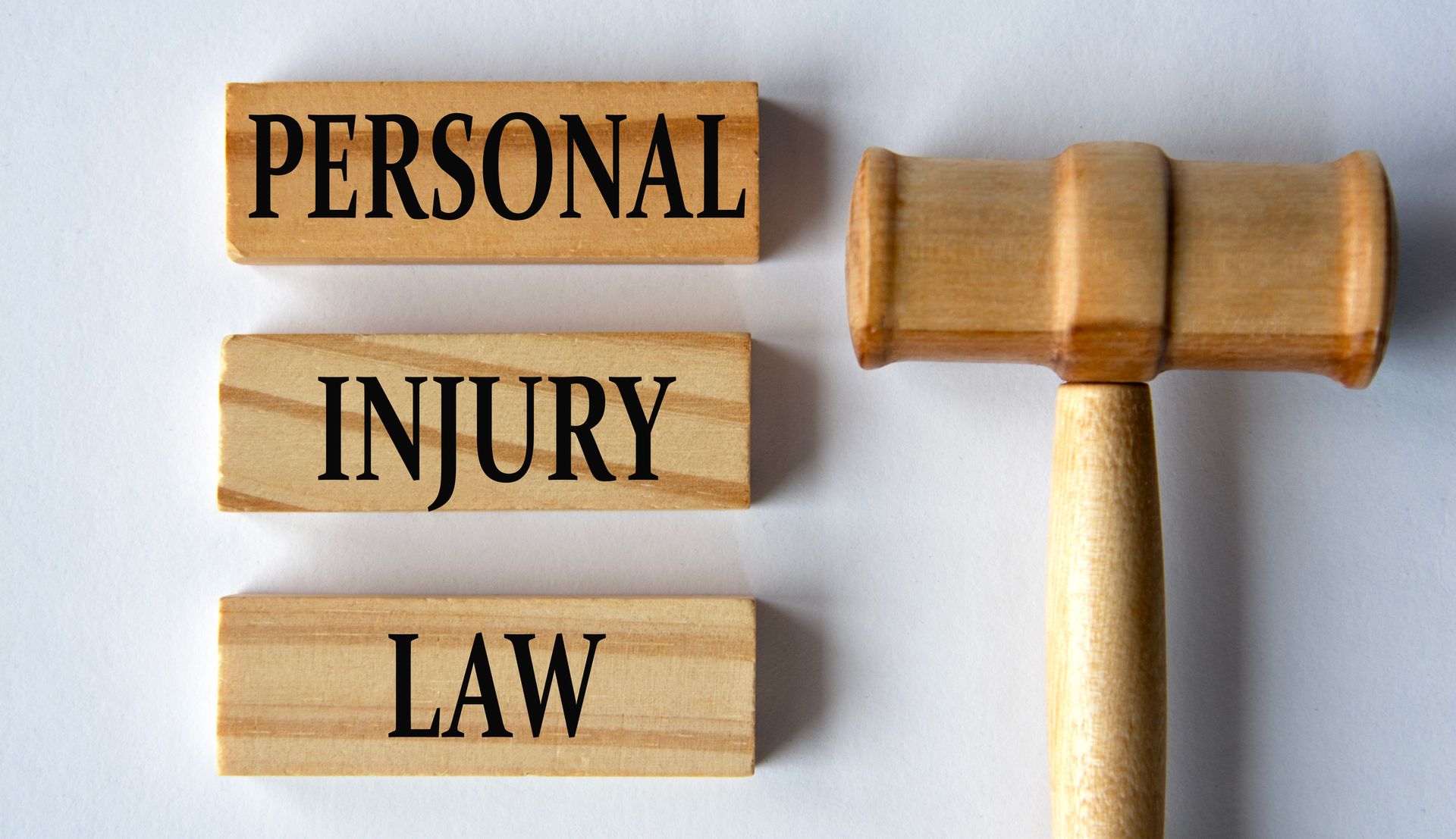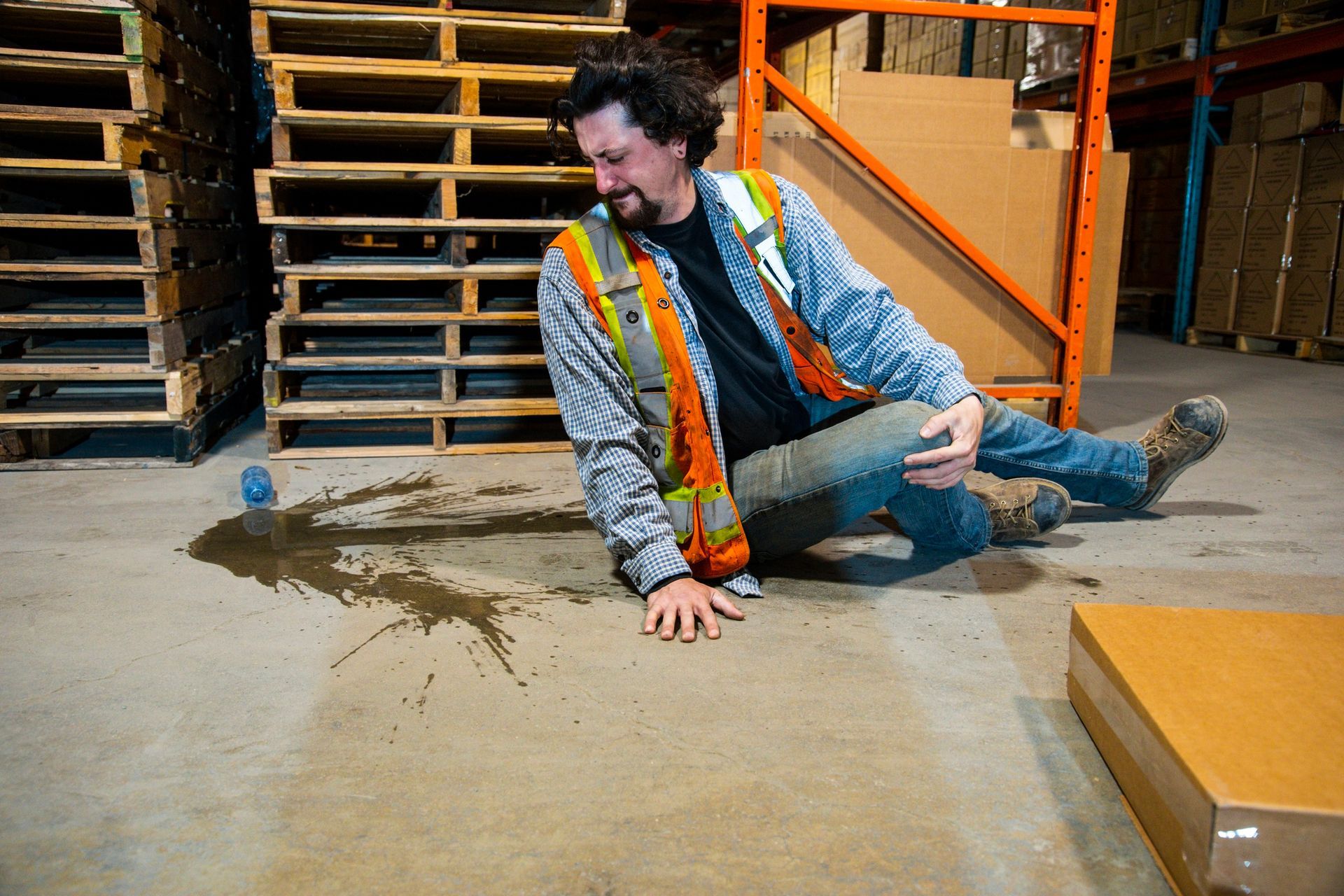BAD INFRASTRUCTURE LEADS TO BAD ACCIDENTS
The State of the Union: America's Infrastructure
THE CURRENT STATE OF U.S. INFRASTRUCTURE
The analyst group McKinsey & Company estimated that our roadways would require a total of 11.4 billion in spending between 2016 and 2030 to bring roads up to date and keep pace with projected demand. In its 2021 report card, the American Society of Civil Engineers (ASCE), an industry group, gave the nation’s infrastructure a “C-,” up from a “D+” in 2017—the highest grade in twenty years. Still, the group estimated that there is an “infrastructure investment gap” of nearly $2.6 trillion this decade that, if unaddressed, could cost the United States $10 trillion in lost gross domestic product (GDP) by 2039.
BAD INFRASTRUCTURE CAN CAUSE BAD ACCIDENTS
According to the ASCE, one out of every five miles of highway pavement is in poor condition. A study from the Pacific Institute for Research and Evaluation estimated that road conditions contribute to more than 22,000 traffic fatalities every year and factor into 38 percent of non-fatal injuries. Potholes, in particular, can cause serious accidents. It’s estimated that a deep pothole has the impact of a collision at 35 mph.
Nearly 56,000 bridges across the US are considered structurally deficient, according to an analysis of the US DoT’s 2016 National Bridge Inventory. Nearly 30 percent of the nation’s bridges are over 50 years old and have had no meaningful reconstruction projects. This month marks the two year anniversary of the bridge collapse in Pittsburgh, PA, which due to a snow-delay in the local school systems, miraculously did not result in any fatalities. See: https://www.cnn.com/2022/01/28/us/pittsburgh-bridge-collapse/index.html.
AGING INFRASTRUCTURE CAUSES SINKHOLES
A slew of sinkholes surfaced in metro Atlanta in 2022, disrupting the flow of traffic. Making repairs to aging infrastructure is a massive undertaking but the only way to avoid the issue of sinkholes. Old and failing pipes underground are often to blame for sinkholes forming on our local roads. Some infrastructure in the Emory area that was from the 1910′s with wooden water lines was replaced only 2 years ago. A storm drain out in DeKalb County that was from the Civil War era and made out of slate had been sitting there for 150 years; it was replaced just last year.
REDUCING PEDESTRIAN AND CYCLIST FATALITIES
Practical infrastructure improvements can contribute to pedestrian and biker safety. Adding or improving sidewalks and bike lanes can make it safer to walk or ride. Other strategies to improve safety often revolve around reducing vehicle speed, improving visibility or providing more information to help in decision making. The speed of a car is a key risk factor for fatalities. According to the Federal Highway Administration, pedestrians hit by cars going 50 miles per hour have a 75% chance of being killed; that likelihood decreases to 25% for cars going 32 miles per hour. Infrastructure improvements such as curb extensions or protected bike lanes can reduce the probability of full-speed vehicle collisions with pedestrians or bikers.
The Centers for Disease Control and Prevention and the Department of Transportation promote these types of infrastructure improvements through the Complete Streets planning principles. These guidelines encourage cities and towns to improve traffic safety by designing and maintaining transportation systems with the needs of pedestrians and cyclists in mind alongside driver and transit rider needs.
CONTACT YOUR ATTORNEY
If you have been involved in an accident due to aging or poorly maintained infrastructure, contact Dave Thomas at The Thomas Law Firm for a free evaluation of your legal rights.








